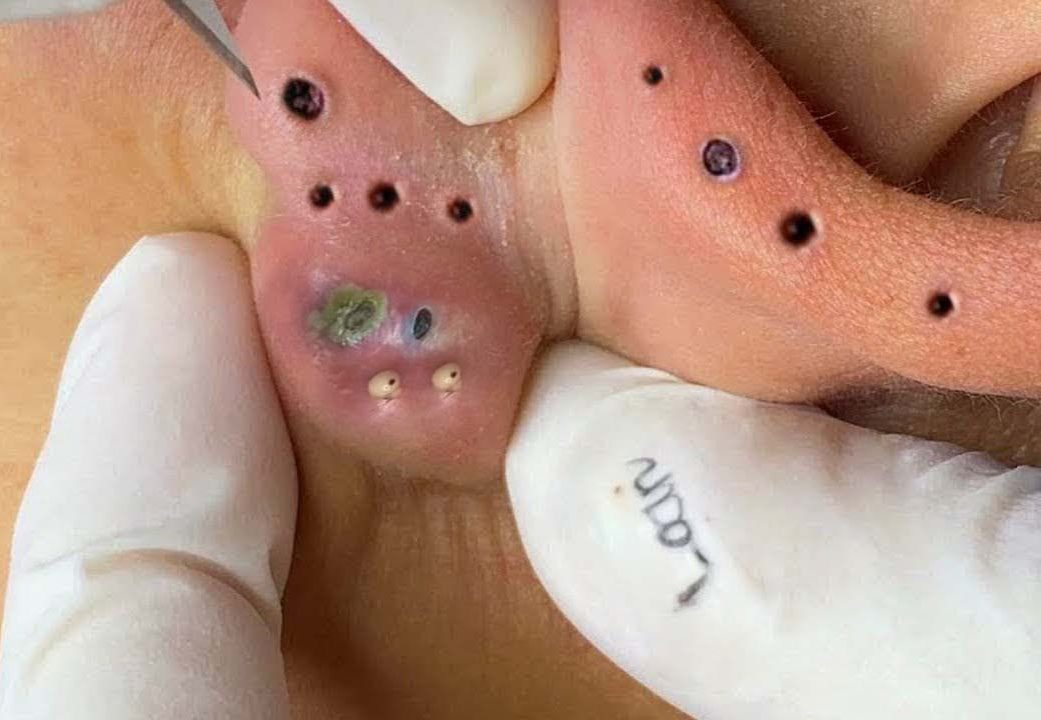1. Clinical Assessment & Preparation
-
Your dermatologist will gently examine the abscess to confirm it’s suitable for drainage and assess its size, depth, and location—especially important in delicate areas like the face.
-
In some cases (especially if ambiguity exists), ultrasound may be used to better evaluate the abscess.
2. Anesthesia
-
The procedure is typically performed under local anesthesia (often lidocaine) to numb the area—this ensures the process is as comfortable as possible.
-
For larger, deeper, or harder-to-reach abscesses, sedation or general anesthesia may be considered.
3. Incision and Drainage Procedure
-
A small surgical incision is made (or the abscess is lanced) using sterile technique.
-
The pus is then drained, and the cavity may be gently explored and irrigated with sterile saline to ensure thorough cleaning .
-
A wick or gauze packing may be placed to promote drainage and healing from the inside out, especially in deeper abscesses.
4. Aftercare & Recovery
-
You’ll receive instructions for wound care, including dressing changes and possibly warm saline soaks or “hydrostatic debridement” at home to promote healing.
-
A follow-up is important—ideally within 24 to 48 hours—to reassess healing, change dressings, or remove any packing .
5. Antibiotics: If and When They’re Needed
-
Antibiotics aren’t always required. For uncomplicated abscesses, drainage alone is often sufficient.
-
However, they are recommended if there’s deep infection, facial involvement, multiple abscesses, systemic symptoms, or cellular spread—especially considering MRSA risks.
6. Healing Timeline
-
Most people start feeling relief soon after drainage, with pain and pressure significantly reduced.
-
Facial wounds often benefit from careful cosmetic consideration; closures may be delayed or layered to minimize scarring.
-
Full healing typically takes 1–2 weeks, although larger or deeper abscesses may need longer and additional wound care.




